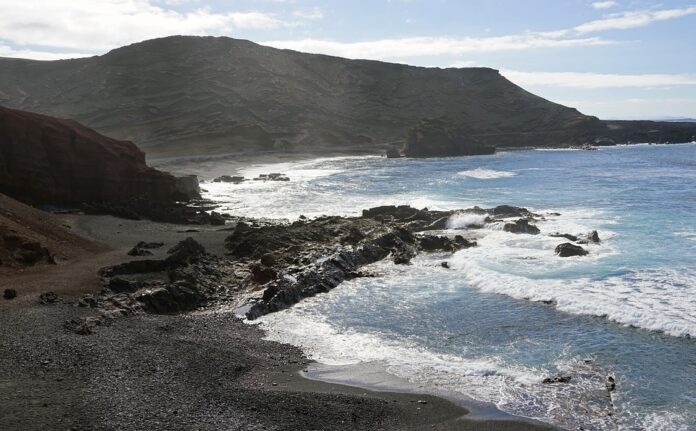Since NASA and ESA astronauts began training in their volcanic slag fields, in 2017, the “moon landscape” of Lanzarote has ceased to be a commonplace to become a scientific promise, but does it look so similar? this Canary Island to the Moon? So much so that its rocks are identical to those collected by Apollo 14.
And the discovery is important because, sooner or later, man will establish a base on the Moon and, for this, he must first know what you can do with the materials that cover its surface: Can they be used to build a shelter or a road? Can these soils be planted? Is it possible to extract oxygen and water from them for astronauts? Do they contain suitable fuel for their ships (helium)? such as iron, titanium or chrome?
The importance of the soil of the Moon
In reality, man already has at his disposal rocks brought directly from the Moon, thanks, above all, to the NASA’s Apollo program in the 1970s but they are so rare and valuable that it is inconceivable to experiment with them on a large scale.
For this reason, scientific groups from all over the world are searching the planet for places that not only resemble the Moon or Mars (the second objective of the new era of the space race), but also have soils with the same physical-chemical properties. Teams from the United States, Japan, and China have published several such “analogues” in recent years, but in some cases they come from places with very scarce “lunar” resources, and in others, its rocks only resemble those of the terrestrial satellite, but they have little to do in chemical and petrological terms. They don’t work.
The rocks
In the last number of «Scientific reports»group magazine “Nature”four researchers from the CSIC Institute of Geosciences (IGEO), the Complutense University of Madrid (UCM) and the Volcanological Institute of the Canary Islands (Involcan) publish a new analog of the Moon that would have left Alan Shepard and Edgar Mitchell speechless because their rocks are identical to the regolith they stepped on, the characteristic mineral “carpet” of the lunar surface.
On February 5, 1971, Sephard and Mitchell landed on the Fra Mauro highlands, the place where the lunar module of the failed Apollo 13 mission was to have landed ten months earlier. They spent 33 and a half hours on the Moon, nine of them in “walks” on the surface, and 33.5 kilos of rocks were brought back to Earth.
Fernando Alberquilla (IGEO-UCM), Jesús Martínez Frías (IGEO-Involcan), Valentín García Baonza (IGEO-UCM) and Rosario Lunar (IGEO) have compared the known physical-chemical, mineralogical and morphological properties of these Fra Mauro rocks with the samples of basalts that they have collected in the Peñas de Tao, in Lanzarote.
And his conclusion is that they are practically identicalor put in technical words: shows “a strong correlation (between the Peñas de Tao and Fra Mauro), not only in mineralogical and geochemical terms, but also in its physical properties.”
Which, they add, opens a new field of research in which there will be room, for example, tests to extract oxygen from basalt oxides, tests on the potential of those volcanic soils of the Peñas de Tao as building material or experiments with them directed to know how it will be possible to sow and cultivate on the Moon.
Font: EFE, 20 minutes,
Reference article: https://www.20minutos.es/noticia/5068142/0/similitudes-lanzarote-la-luna-apolo-14/















